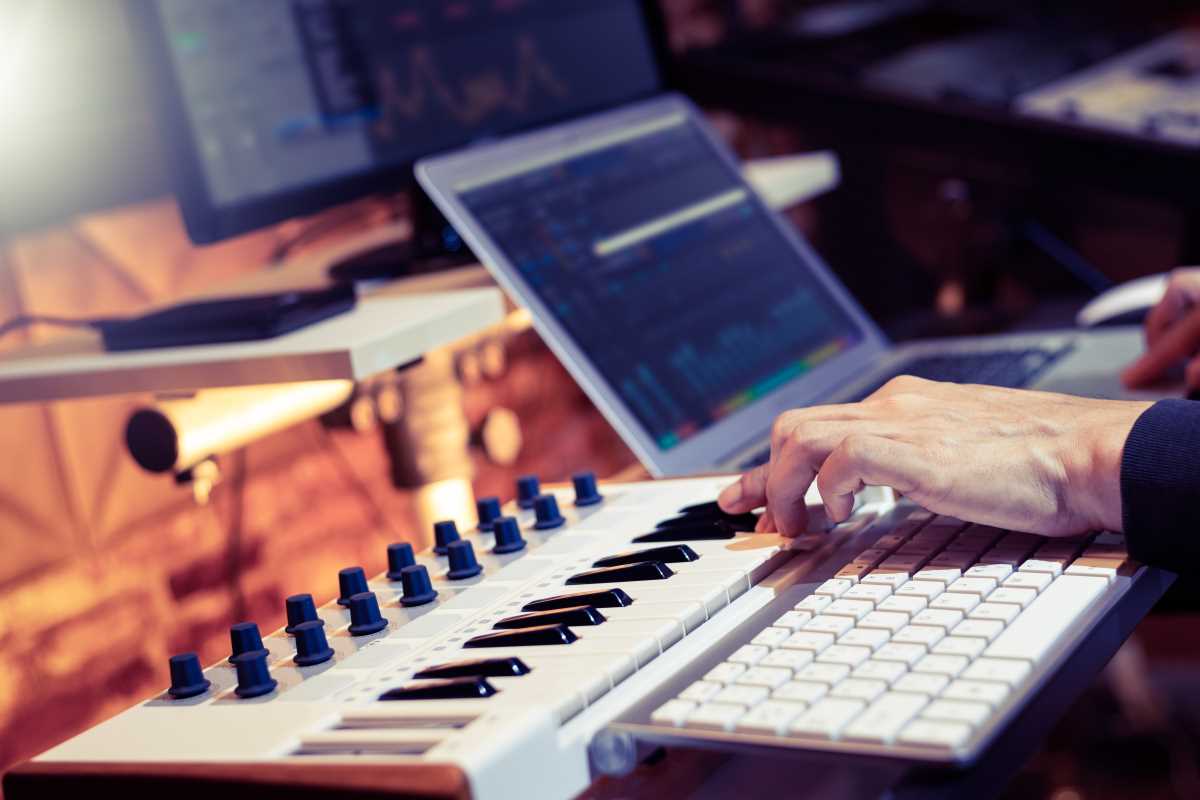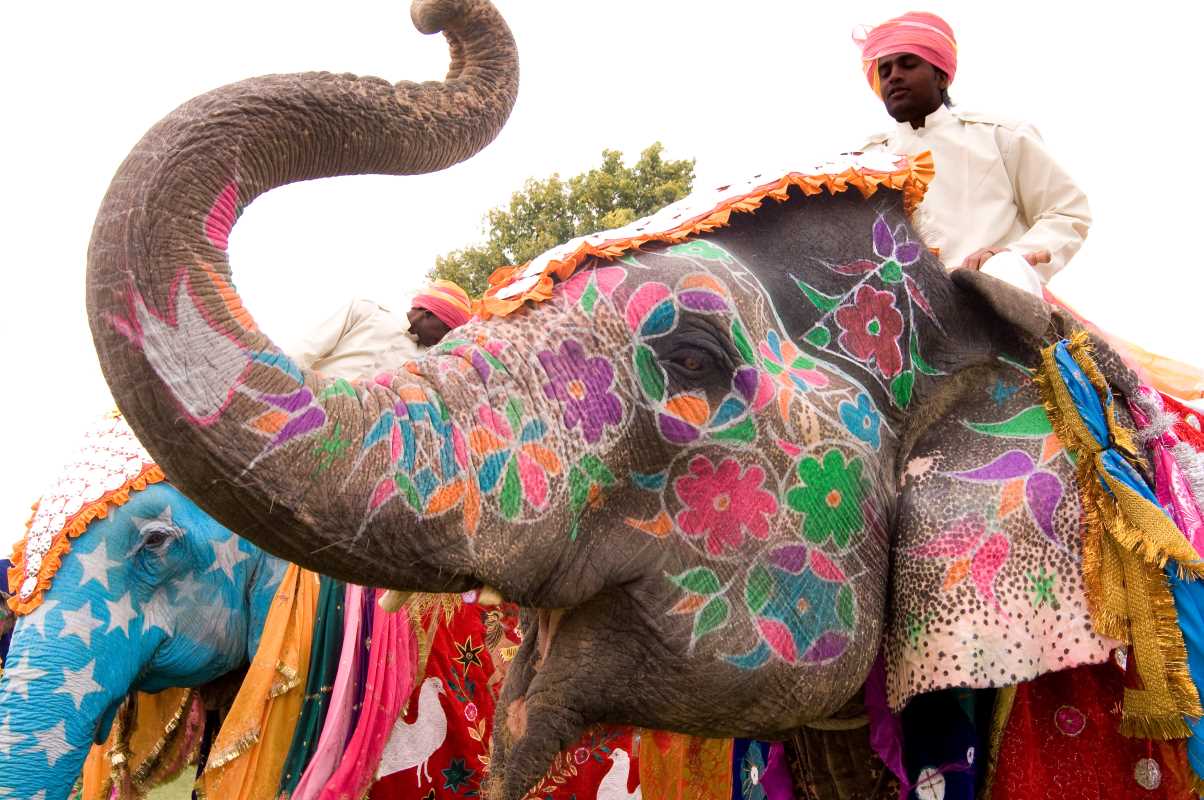Music has always been a reflection of the times, evolving alongside technological breakthroughs, cultural shifts, and societal changes. Over the decades, major genres like pop, rock, hip-hop, electronic, and country have proven their resilience and adaptability by molding themselves to fit the tastes of contemporary audiences. From the influence of social media and streaming platforms to genre-blurring collaborations and new production techniques, modern trends have reshaped the way music is created, consumed, and appreciated.
Pop Music: The Ultimate Chameleon
Pop music, designed for mass appeal, has always thrived on evolution. The genre's flexibility has allowed it to absorb trends from other musical styles and reflect cultural and technological shifts in real-time. With the rise of streaming platforms like Spotify and Apple Music, artists in the pop sphere can instantly gauge audience preferences and experiment with fresh sounds.
- Today’s pop music frequently fuses elements of hip-hop, electronic music, and even reggaeton.
- For example, Billie Eilish's breakout sound combines minimalist electronic beats with moody, introspective lyrics, showing how pop has embraced experimental production.
- Artists like Olivia Rodrigo have also drawn from rock and emo influences, as seen in her viral hit “good 4 u,” which marries pop sensibility with grunge-like aggressiveness—a nod to the nostalgia of 2000s alternative rock.
Social media platforms like TikTok have played a massive role in shaping pop trends. Viral moments, like the song “STAY” by The Kid LAROI and Justin Bieber, highlight how TikTok has made short, infectious hooks essential to success. This trend has pushed pop music toward more concise, high-energy tracks designed to capture attention within seconds.
Rock Music: Reinvention and Revival
Rock, once the dominant force in global music, faced a decline in mainstream popularity in the early 2000s. Yet, it has found new ways to adapt by blending with other genres and reinventing its sound. Contemporary rock bands often take cues from electronic, hip-hop, and even indie influences, creating subgenres that cater to niche audiences while maintaining a modern edge.
For instance, bands like Imagine Dragons have heavily incorporated electronic elements to create radio-friendly hits, while Gorillaz blends alternative rock with hip-hop and experimental sounds. Additionally, there has been a resurgence of interest in classic rock, with younger audiences discovering iconic bands like Fleetwood Mac and Led Zeppelin through viral social media trends. The viral comeback of Fleetwood Mac’s “Dreams” on TikTok in 2020 demonstrates how younger listeners are gravitating toward rock infused with timeless melodies.
Post-rock and indie rock, often associated with lush instrumentals and introspective lyrics, have also grown in popularity. Artists like Phoebe Bridgers blend traditional rock instrumentation with haunting vocal delivery, echoing a mix of nostalgia and modern sensibilities that resonate with today’s listeners.
Hip-Hop’s Global Domination and Evolution
Hip-hop’s influence is arguably one of the most prominent in modern music. Having originated in the Bronx in the 1970s, it has expanded into a dominant global genre, shaped by advancements in production technology and the cultural significance of storytelling.
- Modern hip-hop heavily leans on digital production tools like Auto-Tune, beat-making software, and sampling.
- Artists such as Travis Scott and Kanye West are known for pushing boundaries with cinematic production and experimental sounds in albums like Astroworld and Yeezus.
- Furthermore, contemporary hip-hop features frequent collaborations across genres. Lil Nas X’s “Old Town Road,” for instance, combined country influences with trap beats, resulting in a viral phenomenon that blurred genre lines.
Cultural shifts have also expanded hip-hop’s reach. Social media platforms have given rise to DIY rappers who can upload tracks independently, bypassing traditional gatekeepers. This movement has helped bring diverse voices, such as those of Megan Thee Stallion and Doja Cat, to the forefront of the genre. Both artists are known for blending elements of feminism, humor, and empowerment into their music, making it highly relatable for younger audiences.
Hip-hop’s impact is now felt across the globe, with regional subgenres like UK drill, Afrobeat-infused rap, and K-pop adopting elements of rap in their music. Streaming services and YouTube have exposed global audiences to these variations, breaking language and geographic barriers.
Electronic Music and the Digital Revolution
Electronic music has perhaps benefited most dramatically from advancements in technology. From synthesizers to digital audio workstations (DAWs), the tools available to electronic music producers have shaped the genre’s evolution. Subgenres like EDM (Electronic Dance Music), house, and techno gained global popularity thanks to the festival circuit, where DJs like Calvin Harris, Diplo, and Zedd brought high-energy performances to massive audiences.
The genre has become a hub for collaborations. Genres like pop, hip-hop, and even rock frequently borrow electronic elements. For example, The Chainsmokers’ collabs with Coldplay and Halsey show how deeply electronic music has embedded itself into mainstream culture. Producers like Marshmello have played a pivotal role in fusing electronic beats with the emotive storytelling of singer-songwriters, captivating a wide range of listeners.
Another defining feature of modern electronic music is its ability to adapt to the digital ecosystem. Platforms like SoundCloud and Bandcamp have allowed underground electronic artists to grow niche audiences. Simultaneously, streaming algorithms have popularized ambient electronic music—artists like Tycho and Bonobo have seen a rise in popularity through curated playlists designed for studying or relaxing.
The integration of virtual experiences has also pushed electronic music to new heights. Virtual concerts and DJ sets during the COVID-19 pandemic—such as Travis Scott’s performance in Fortnite—exemplify how technology is redefining live music experiences for the genre.
Country Music and the Modern Crossover
Country music has long been associated with storytelling and traditional instrumentals, but it, too, has transformed significantly in response to modern trends. Today’s country often incorporates pop production, hip-hop beats, and electronic elements to reach a broader audience.
Artists like Kacey Musgraves and Morgan Wallen are key examples of this evolution. Musgraves’ Grammy-winning album Golden Hour fuses country with a dreamy blend of pop and indie aesthetics. Meanwhile, collaborations like Bebe Rexha and Florida Georgia Line’s “Meant to Be” showcase how country artists are reaching mainstream audiences by adopting pop structures and vocals.
The advent of streaming and playlist culture has also helped country music adapt. Tracks with a crossover appeal—like Walker Hayes’ “Fancy Like”—gain popularity not only through country playlists but also on viral platforms such as TikTok. By pairing traditional country themes with modern production techniques and a sense of humor, these artists are widening their appeal.
Global collaboration is making its way into country music as well. For example, artists like Lil Nas X and Orville Peck challenge traditional norms by blending country influences with hip-hop and LGBTQ+ themes, redefining who gets to tell country stories in the modern era.
The Role of Streaming and Collaboration
If there’s one factor that ties all these genre evolutions together, it’s the advent of streaming and global collaboration. Spotify, YouTube, and TikTok have turned the music industry into a data-driven world. Artists receive real-time insights into listener habits, allowing them to continuously adapt to audience preferences. These platforms also enable cross-genre collaborations that were once logistically challenging.
Streaming has democratized music making, allowing bedroom producers to find global audiences without a record label’s backing. The result is a blending of styles—electronic producers remix country tracks, rappers sample rock riffs, and K-pop artists work with Western pop stars. BTS’s collaborations with Halsey and Coldplay, for instance, highlight the ways in which streaming platforms foster international creative partnerships.
Music genres are no longer confined to rigid definitions, thanks to the influence of technology, social media, and shifting cultural norms. Pop continues to draw from diverse influences, rock is finding new life through nostalgia and reinvention, hip-hop is thriving as a global powerhouse, electronic music is pushing the boundaries of digital soundscapes, and country is more genre-fluid than it’s ever been.
At its core, the evolution of these genres reflects the adaptability of music itself. By adopting modern production techniques, incorporating diverse cultural styles, and leveraging the power of technology, these genres ensure their continued relevance and ability to connect across generations. Whether through viral TikTok trends, live-streamed DJ sets, or genre-bending collaborations, music remains a universal language, constantly reinventing itself to match the beat of modern life.







